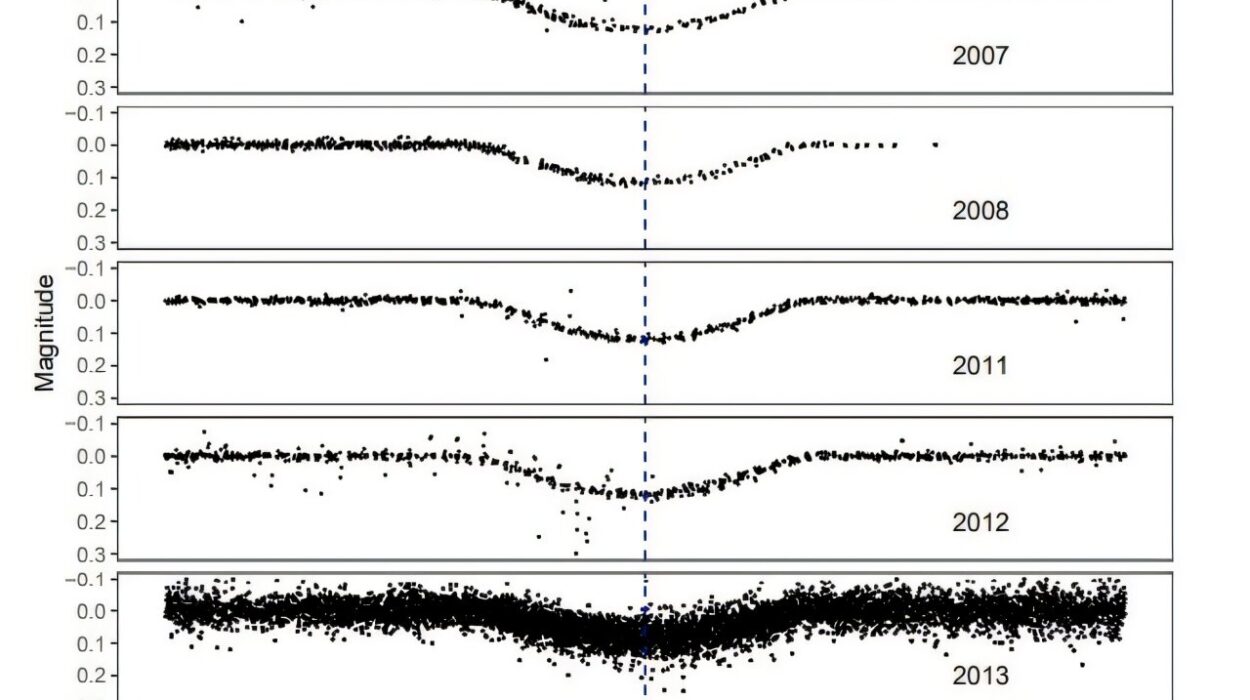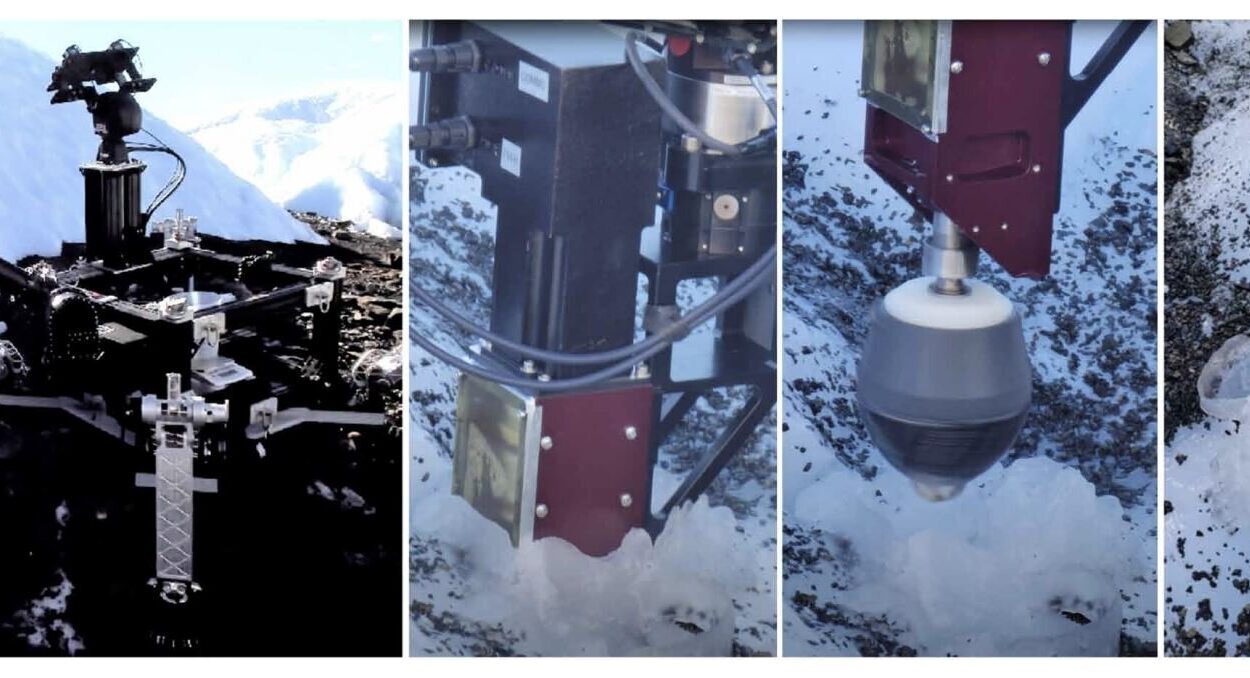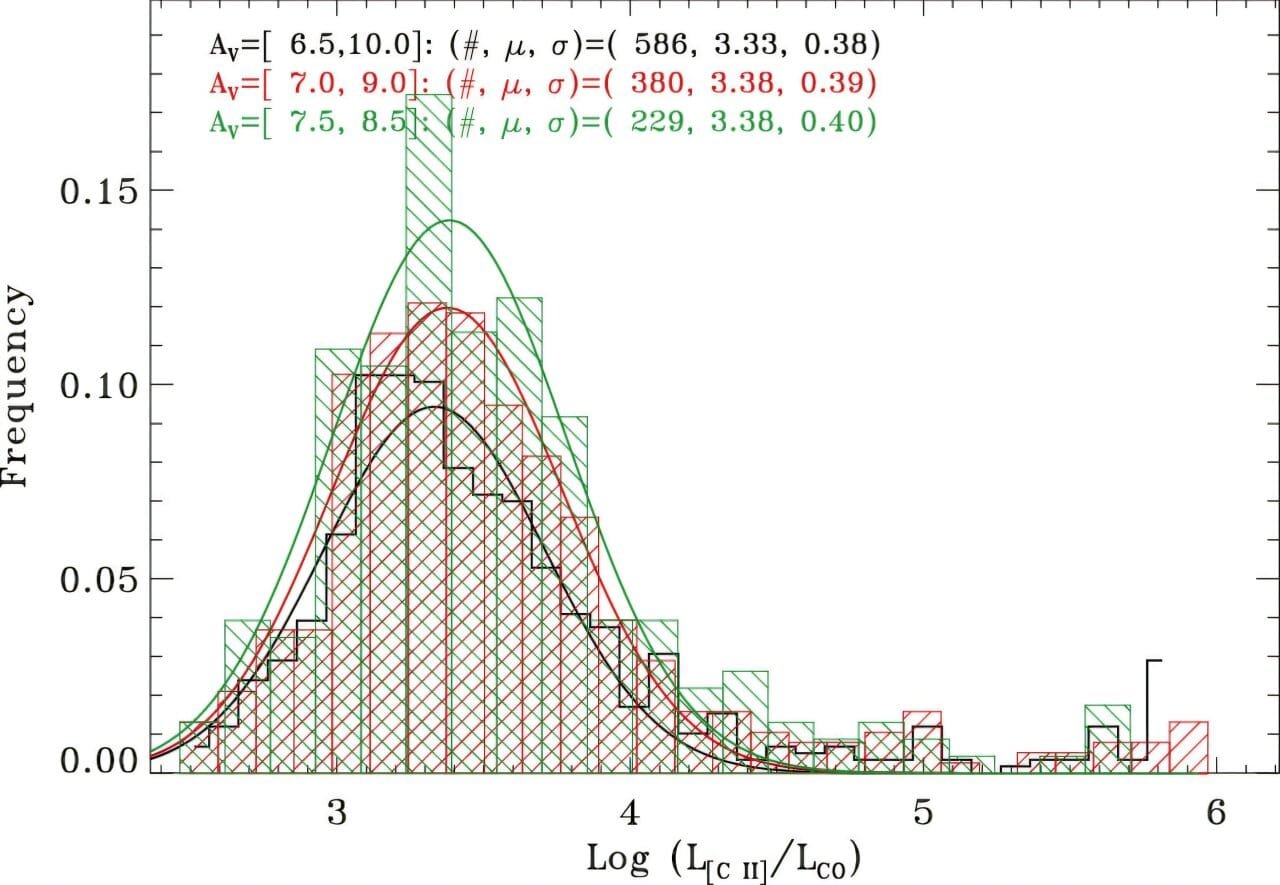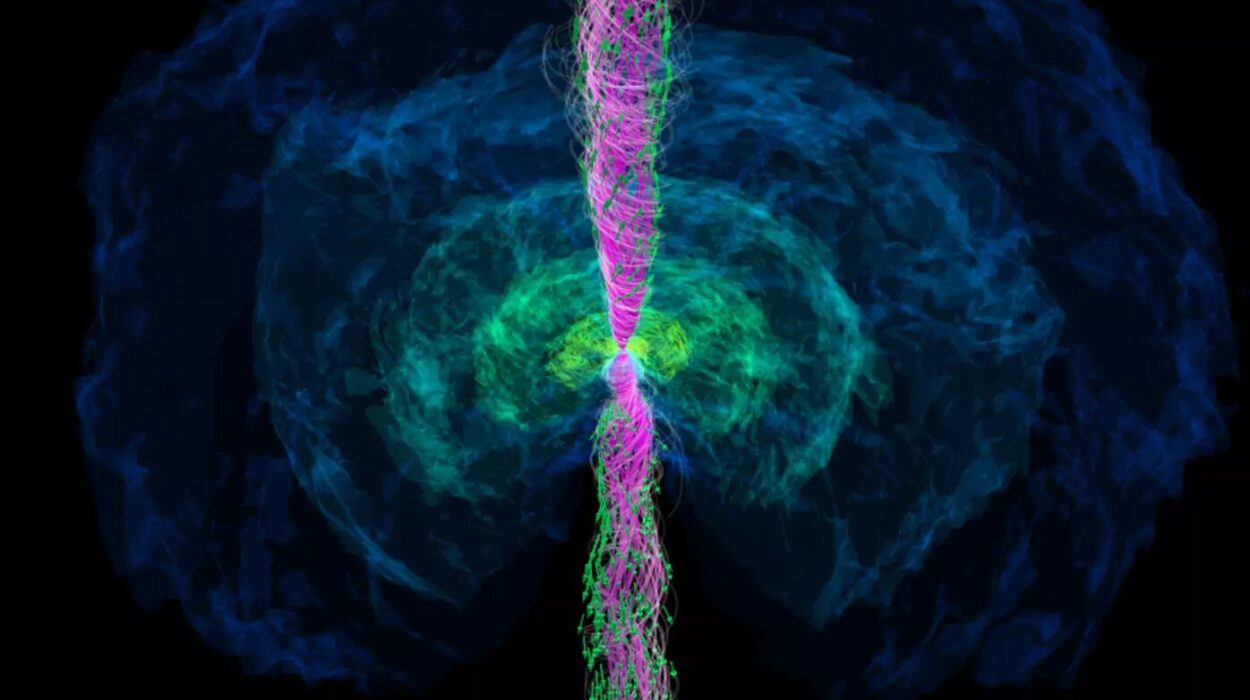Black holes have long captivated both scientists and the public due to their mysterious nature and immense gravitational pull, which can devour entire stars, gas clouds, and even light itself. However, these cosmic giants are far from silent. Beyond their dark and seemingly empty cores, black holes also serve as engines of enormous power, capable of extracting and redistributing energy on an unimaginable scale. Central to these energy processes are accretion disks — swirling, magnetized disks of gas and dust that encircle black holes, drawing in material as they spiral inward. The interaction between these disks and black holes is key to understanding some of the universe’s most energetic phenomena, such as the powerful jets emitted from their poles.
A critical mechanism behind these energy extractions is the Blandford-Znajek (BZ) effect, a process that enables black holes to siphon energy from their own spin. For decades, scientists have theorized that this effect plays a central role in powering the jets observed in active galactic nuclei, including quasars. However, the detailed mechanics of how this energy is transferred, how much energy is extracted, and what governs the formation and intensity of these jets remain largely unresolved.
In an effort to address these questions, a team of researchers, including JILA postdoctoral researcher Prasun Dhang, along with JILA Fellows and professors from the University of Colorado Boulder, Mitch Begelman and Jason Dexter, employed advanced computer simulations to study the complex interactions between black holes and magnetized accretion disks. Their findings, recently published in The Astrophysical Journal, offer important new insights into the physics surrounding black holes and could revolutionize our understanding of their role in shaping galaxies.
The Blandford-Znajek Effect and Energy Extraction
The Blandford-Znajek effect involves the extraction of rotational energy from a black hole’s spin through interactions with a surrounding accretion disk. In simple terms, as material swirls around the black hole, it generates strong magnetic fields, and these fields, in turn, interact with the black hole’s rotational energy. This interaction results in the extraction of energy, which can then be released as powerful jets of particles traveling along the black hole’s poles. These jets can carry away enormous amounts of energy, affecting the surrounding galaxy.
Although scientists have long known about this process, a great deal of uncertainty surrounds it. What determines how much energy is transferred from the black hole to the surrounding disk and ultimately to the jets? What happens to the remaining energy that isn’t funneled into jets? These questions remain some of the biggest unknowns in astrophysical research.
A New Approach to Understanding Black Holes
To investigate these questions, Dhang, Begelman, and Dexter turned to computer simulations, using a 3D model known as general relativistic magnetohydrodynamics (GRMHD). This simulation framework allows scientists to simulate the behavior of magnetized plasma in the curved spacetime around black holes. By incorporating the physics of magnetic fields, fluid dynamics, and Einstein’s theory of general relativity, GRMHD models provide a detailed and accurate representation of the complex interactions that occur in these extreme environments.
The team focused specifically on simulating black holes surrounded by thin, highly magnetized accretion disks. These types of disks are known to exist in certain active black hole systems, such as the ones found in quasars and other high-luminosity objects. Studying how energy is transferred from the black hole’s spin to the surrounding disk — and ultimately to the jets — is crucial for understanding how some of the universe’s most powerful and energetic phenomena occur.
The Role of Magnetic Fields in Energy Extraction
Magnetic fields play a pivotal role in the energy extraction process. In particular, the researchers wanted to understand how the magnetic flux threading through the black hole — that is, how the magnetic fields interact with the black hole’s spin — influences the amount of energy that can be extracted. The team simulated black holes spinning at various speeds, and their models examined how these magnetic fields interact with the accretion disk to extract energy.
Through their simulations, the researchers found that the spin of the black hole plays a significant role in determining how much energy is extracted. They discovered that between 10% and 70% of the energy extracted via the Blandford-Znajek process is channeled into powerful jets that travel along the black hole’s poles. The higher the spin of the black hole, the more energy is released into the system, which means that faster-spinning black holes can produce more powerful jets.
However, not all of the extracted energy is converted into jets. The team also found that some of the energy was either absorbed back into the accretion disk or dissipated as heat, contributing to the disk’s radiative output. This leftover energy could heat the disk and contribute to the formation of a corona, an intense, hot gas cloud surrounding the black hole, which emits X-rays. Understanding the formation of this corona is critical because it is responsible for much of the light we observe from these black holes.
The Complex Dynamics of High-Luminosity Black Holes
Historically, much of the research on black holes and accretion disks has focused on systems with low luminosity, where accretion flows tend to be more spherical and easier to simulate. In these cases, the disk is often thick and less magnetized. However, the team’s research focuses on the opposite — high-luminosity black holes with thin, highly magnetized disks. These systems present a much more significant challenge for simulations due to their theoretical instability.
Previous research, including studies by Begelman, suggested that strong magnetic fields could help stabilize these thin disks, but the precise mechanics of how energy is extracted and how jets are formed in such conditions remained unclear. Dhang and his team sought to explore how magnetic fields could stabilize these disks, how they affected the efficiency of energy extraction, and how they might contribute to the formation of the jets and the surrounding corona.
New Insights: Magnetic Fields, Radiative Efficiency, and Disk Luminosity
The results from Dhang’s simulations offer valuable insights into the broader question of how black holes extract energy. One of the most important discoveries was that the strong magnetic fields present in these systems increased the radiative efficiency of the accretion disk, making it brighter than previously thought. This increase in luminosity could help explain why some black holes are far more luminous than theoretical models would predict. The extra energy that is not funneled into jets or absorbed back into the disk could be radiated away as light, which in turn could affect the surrounding environment.
Furthermore, Dhang’s work suggests that the energy extracted from the black hole could contribute to the heating of the disk itself, a process that may contribute to the formation of the corona. The corona plays a crucial role in shaping the light emitted from black hole systems, but its exact formation process had remained unclear. Dhang hopes that further simulations will provide clarity on how the corona forms and its connection to the overall dynamics of black hole systems.
Looking Forward: The Future of Black Hole Research
The new findings from Dhang, Begelman, and Dexter mark a significant step forward in our understanding of black holes, their accretion disks, and the energy extraction process. The ability to simulate black holes surrounded by magnetized, thin accretion disks in three dimensions represents a major advancement in astrophysical research. By refining these simulations and exploring additional parameters — such as the impact of various magnetic field strengths, black hole spins, and disk geometries — researchers hope to answer many of the remaining questions about how black holes shape their environments.
As the team continues their research, they plan to dive deeper into understanding the role of coronae and the precise mechanisms that power black hole jets. By improving our understanding of these enigmatic systems, they may shed new light on the formation and evolution of galaxies, the nature of high-energy astrophysical phenomena, and the fundamental laws of physics that govern the universe.
In the coming years, this research could provide new insights into the most extreme and powerful phenomena in the cosmos, helping to redefine our understanding of black holes and their profound impact on the universe.
Reference: Prasun Dhang et al, Energy Extraction from a Black Hole by a Strongly Magnetized Thin Accretion Disk, The Astrophysical Journal (2025). DOI: 10.3847/1538-4357/ada76e






